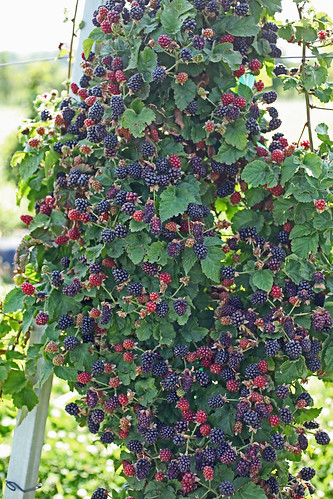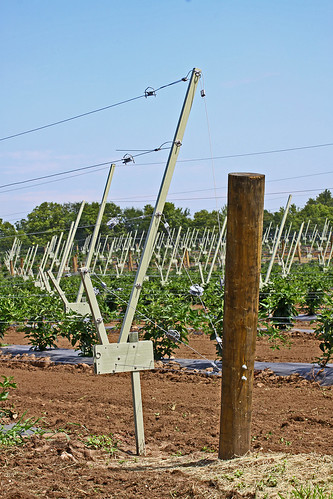
This post is part of the Science Tuesday feature series on the USDA blog. Check back each week as we showcase stories and news from USDA’s rich science and research portfolio.
Research, even cutting edge research, is often only half the battle when it comes to solving an agricultural problem. You’ve got to get those results out of the laboratory and into the market place before people can use them.
But a new facet of USDA’s Small Business Innovation Research Program (SBIR) from the National Institute of Food and Agriculture set up this summer will help make it a little easier for technologies from the Agricultural Research Service (ARS) to do just that.
USDA’s SBIR program makes grants to small businesses to help move agricultural research down the road to commercial products.
Under this new facet of the program, companies can use an ARS technology as the basis for a grant application. Before this new aspect was added to the program, companies had to already have an established product line or technology in a similar area to apply for USDA’s SBIR grant. This one change could reduce the time and cost to get USDA research from lab to market and provide greater opportunities for small businesses.
The first grants under this new aspect of the program haven’t been awarded yet as the application deadline has just passed. But the USDA SBIR program has a successful history of seeing innovative technology to market, especially from ARS research.
For example in 2009, ARS horticulturalist Fumiomi Takeda completed research solving several problems that had been limiting commercial blackberry production, such as plants surviving cold winter temperatures, sunburn damage and high harvesting costs. He began discussing a trellis innovation putting these research results to work with Indiana blackberry grower Richard Barnes.
Seeing the need and business opportunity, Barnes set up Trellis Growing Systems LLC (TGS) and applied for a USDA SBIR grant to bring the first commercial Rotating Cross-Arm Trellis to market in 2010.
Almost all new commercial plantings of blackberries in the last three years in the Midwest have been on TGS’ trellis system. Large blackberry farms of 5- to 20-acres have been established in Pennsylvania, Ohio, Kansas and Iowa because of this new system, and about $10 million in annual revenue will be added to local economies when these acres come into full fruit production. University of Arkansas horticulture professor John Clark told a recent group at a national blackberry meeting, “This technology is the best thing to happen in the blackberry industry in many years.”
More information on the USDA SBIR program visit: www.nifa.usda.gov/funding/sbir/sbir.html
For USDA technologies available under the SBIR program, see USDA ARS Office of Technology Transfer.


